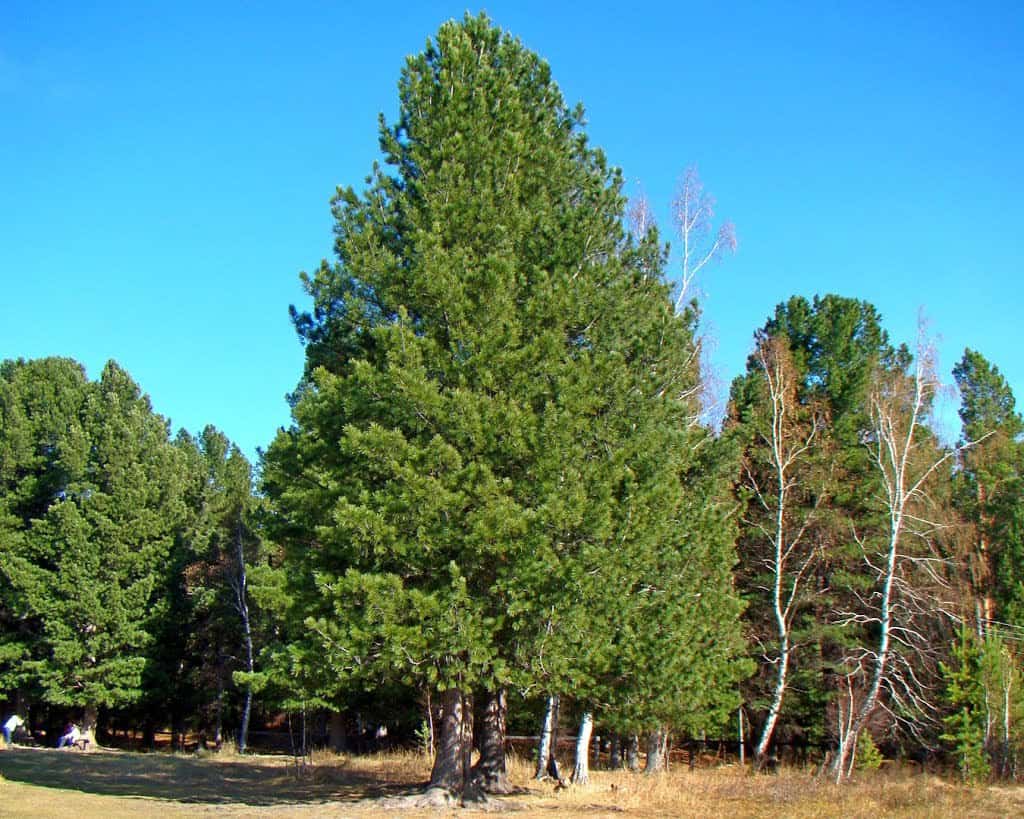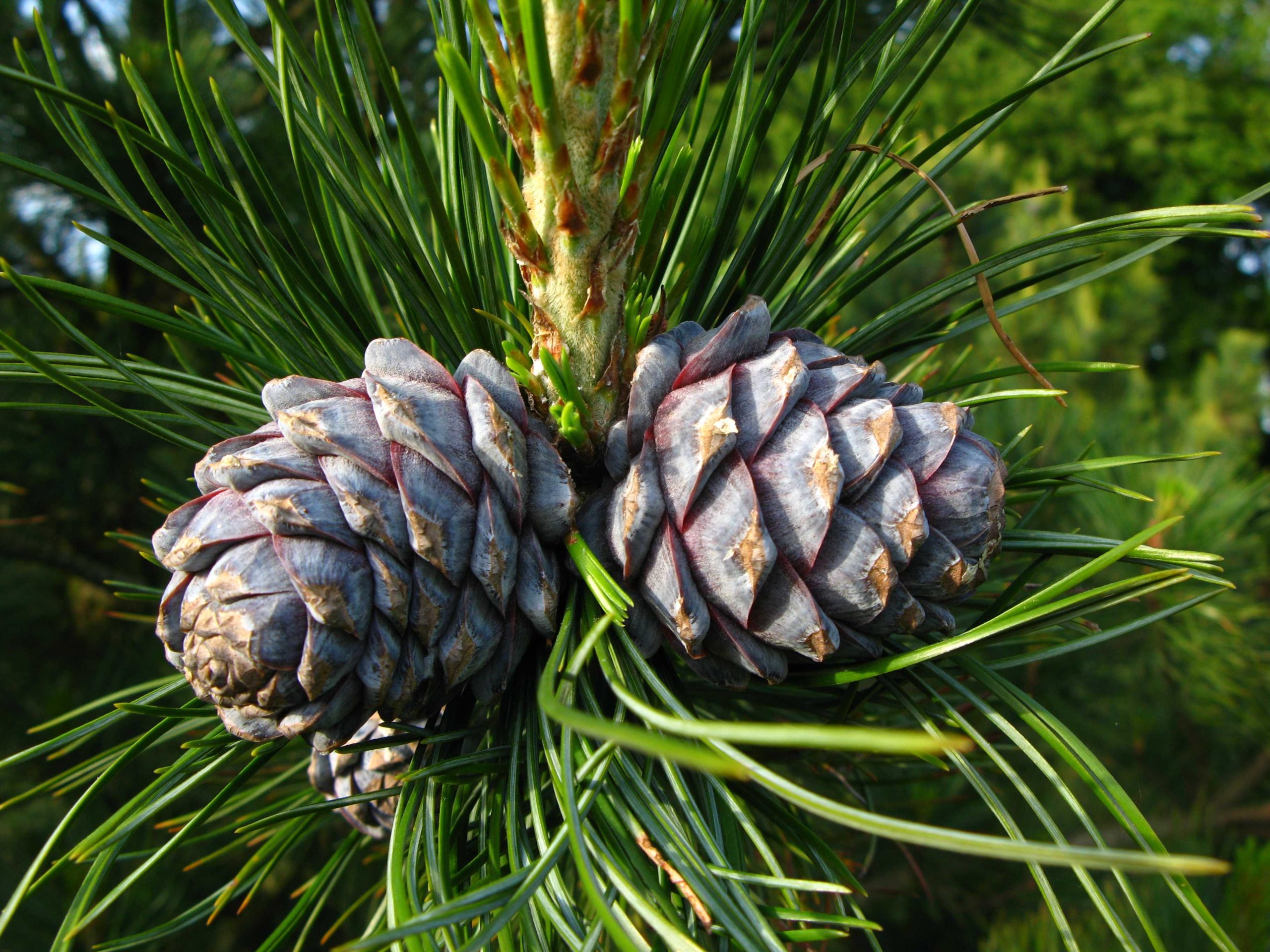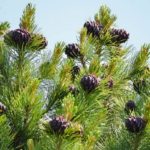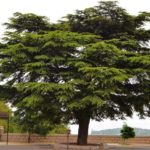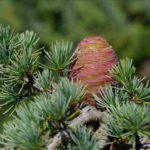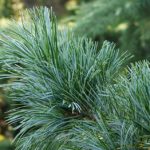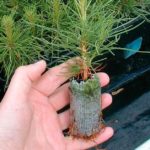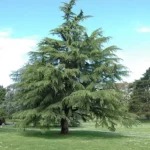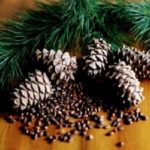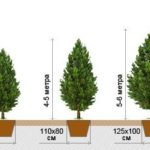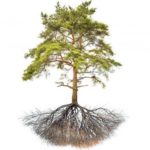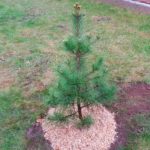Siberian cedar is an evergreen coniferous plant that belongs to the genus Pine. Moreover, in botany this crop is called Siberian pine. This is a very common plant that has high decorative properties. This makes it possible to actively use this culture in landscape design. In order for its cultivation to be successful, it is worth adhering to a number of agrotechnical rules.
Wood appearance
In botany, another name for Siberian cedar is used - “Siberian cedar pine”.It is a tall coniferous tree that can reach a height of 45 meters. Moreover, the diameter of the trunk of this crop is 2 meters. The lifespan of the plant is 500 years. A tree is characterized by the presence of several vertices. It has a straight trunk with scaly bark. Over time, it becomes covered with cracks. Branching is characterized by a whorled type. At the same time, young shoots are brown in color and covered with red hairs.
Siberian cedar needles grow in bunches. Usually each of them contains 5 needles. They are distinguished by a dark green color and do not exceed 14 centimeters in length. The further north the cedar is located, the shorter its needles. The root system of the crop is not deep or highly branched. The main root deepens literally 1-2 meters.
During the flowering period, cedar pine looks especially decorative. Female cones are distinguished by a spectacular crimson color. They are located near the terminal bud and are hidden in the needles. Male fruits are located at the beginning of the shoots and have an orange tint.
Growth area
Under natural conditions, cedar pine is found in many forests in Russia. It can be seen in Primorye, Siberia, Khabarovsk Territory. These plants are often grown in the Urals, Moscow region and Leningrad region. They are also planted in the Far East and Altai.
The tree grows well in any region with a temperate climate. For this crop, it is not the weather conditions that are of particular importance, but the composition of the soil.
Planting and subsequent care
When planting Siberian cedar, you must adhere to certain rules. Plants that are at least 5 years old adapt best to new conditions. Younger specimens may encounter various diseases and pests.
It is important to consider that cedar reaches significant heights after a long period of time. This is due to its slow development. Therefore, when choosing neighbors, it is important to avoid shading.
To ensure successful planting of Siberian cedar, you should adhere to the following recommendations:
- Carry out quarantine measures at the site. Young seedlings are very susceptible to insect attacks. To prevent such problems, it is worth treating all crops with insecticides.
- Dig a hole for planting. It must be located at least 3 meters from buildings and 8 meters from trees with a spreading crown. The hole dimensions should be 1 meter deep and 1.8 meters in diameter.
- Place a drainage layer at the bottom. It can be made from expanded clay, gravel, and shell rock. The size of the drainage layer should be at least 15 centimeters.
- Fill the hole with a substrate of sand, fertile soil and compost. The thickness of such a layer should be 80 centimeters. It is also advisable to add a couple of glasses of complex fertilizer or ash into the hole. The use of “Kornevin” is of no small importance.
- Remove the seedling from the container. It is important to avoid damage to the roots and buds.
- Place the seedling in the hole. At the same time, its root system needs to be straightened. When planting Siberian, it is important to take into account the location of the cardinal points. The less developed part of the culture should be directed to the south. This will help achieve a symmetrical crown.
- Sprinkle the seedling with soil. It needs to be pressed down with your hands from time to time.It is recommended to secure small trees with a stick.
- Form an earthen cushion around the plant and water it well. For a small tree, it is recommended to use at least 10 liters of water. Water must be poured into the tree trunk in parts. This will help prevent the top layer from washing out.
- Cover the tree trunk circle with a layer of mulch. To do this, it is permissible to use compost and sawdust. This will help prevent the soil and root system of the plant from drying out.
This culture needs proximity to its brothers. Therefore, experienced gardeners advise planting 3-4 trees on a plot at once.
Caring for Siberian cedar is not difficult. In this case, you should adhere to the following rules:
- Loosen the soil in the tree trunk circle. This must be done with extreme caution. This is due to the superficial location of the root system.
- Water the young seedlings. Such plants are characterized by increased sensitivity to moisture deficiency.
- Feed the tree only after a year. It is recommended to apply fertilizers in summer.
- Do not throw away weeds after weeding. They can be used as additional feeding.
Siberian cedar is pruned as needed. In this case, there is no need for special crown formation.
Pest Control
Sometimes cedar pine faces attacks from pests. The bark beetle is considered the most dangerous enemy of the crop. The pest becomes active immediately after warming and makes moves under the bark. You can cope with parasites only in the initial stages. Pests can be detected by small holes in the bark that are filled with resin.
Siberian Hermes is considered another dangerous enemy of culture. This parasite absorbs plant juices. It is very difficult to cope with the pest.It has fibrous growths on its body that protect against the effects of poisons. Therefore, it is recommended to influence parasites through tree sap.
Reproduction methods
In nature, Siberian cedar reproduces by seed. Help in this is provided by animals that eat pine nuts - squirrels, sables, chipmunks. They are the ones who carry the cones over considerable distances.
In summer cottages, Siberian cedar is usually propagated by seedlings, which are sold in specialized nurseries. You can also grow your own crop from seeds. However, this process is considered quite lengthy and labor-intensive. Therefore, beginning summer residents usually choose ready-made seedlings.
Experienced gardeners often use the grafting method. This significantly speeds up the fruiting period. If the scion has female buds at the time of grafting, the first harvest of cones will be harvested within 2 years. Male buds produce a harvest for 4-5 years. The role of the rootstock is performed by Scots pine. It is characterized by rapid growth and wide distribution.
The benefits of wood and its uses
Siberian cedar has found wide application in industry. It is used in construction. Also, the wood of this plant is often used to make furniture. It is a light brown material that is easy to work with.
Siberian cedar sap is actively used in medicine.It contains tannins, which are used to make leather. In animal husbandry, vitamin flour is used, which is made from the needles of this plant.
Cedar pines are widely used in landscape design. They are used for landscaping streets, courtyards, parks and summer cottages. To choose the right place to plant a plant, it is important to take into account its significant size. Siberian cedar goes well with other crops - flowers and shrubs. Roses, tulips and crocuses look good near the pine tree.
Siberian cedar is a popular crop that combines well with other plants. This allows it to be actively used in landscape design. In order for the plant to retain its decorative properties, it is important to provide it with proper care.

